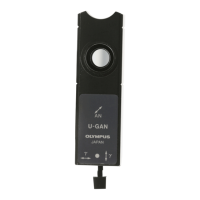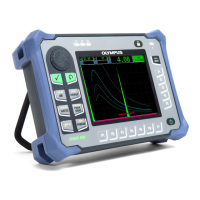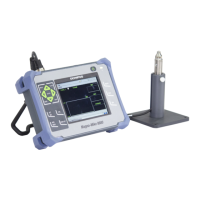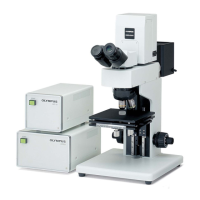DMTA-10022-01EN, Rev. C, January 2015
Chapter 10
174
Figure 10-8 The TDG zones and parameters
The TDG curve can be used to optimize near-surface resolution while providing a
higher maximum gain for thicker samples. You can also use the TDG curve in
measurements of highly scattering materials, such as cast metals and fiberglass, in
order to minimize detection of scattered echoes occurring ahead of the back-wall
echo.
10.6.1 Maximum Gain
The maximum gain indicates the maximum (time-dependent) receiver gain possible.
The maximum gain is used to amplify echoes that are further out in time. In general,
for any given application, the maximum gain should be set high enough that all
echoes of interest are detected.
The maximum available receiver gain can be adjusted from 0.0 dB to 99.0 dB. When
no echo is detected (LOS prompt), the gain rises to the maximum level set by the
initial gain, slope, and maximum gain. When the maximum gain is set too high, the
gage may hang up on transducer noise or other spurious signals; when it is set too
low, returning echoes may not be high enough for detection.
The max gain can never be lower than the initial gain, and has a maximum value of
99.0 dB.
Time-dependent gain
curve
INIT GAIN level zone
MB BLANK
MAX GAIN
level zone
TDG SLOPE zone
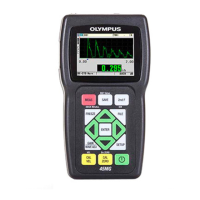
